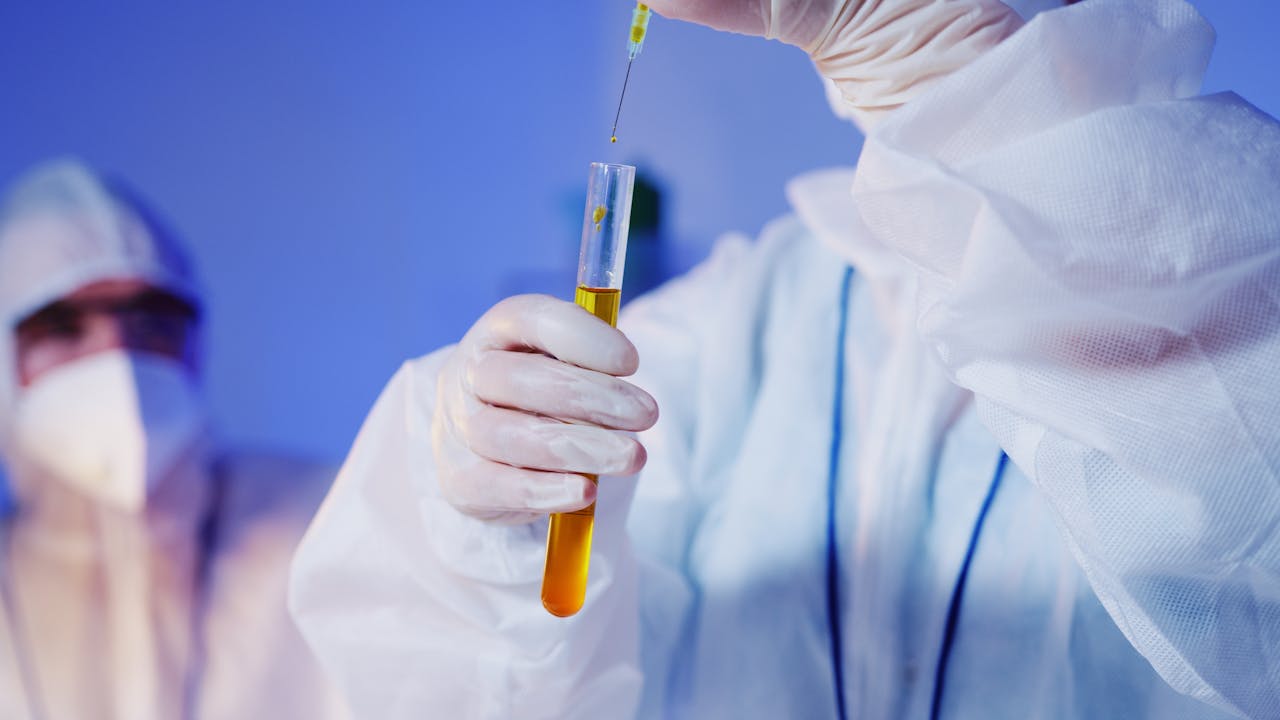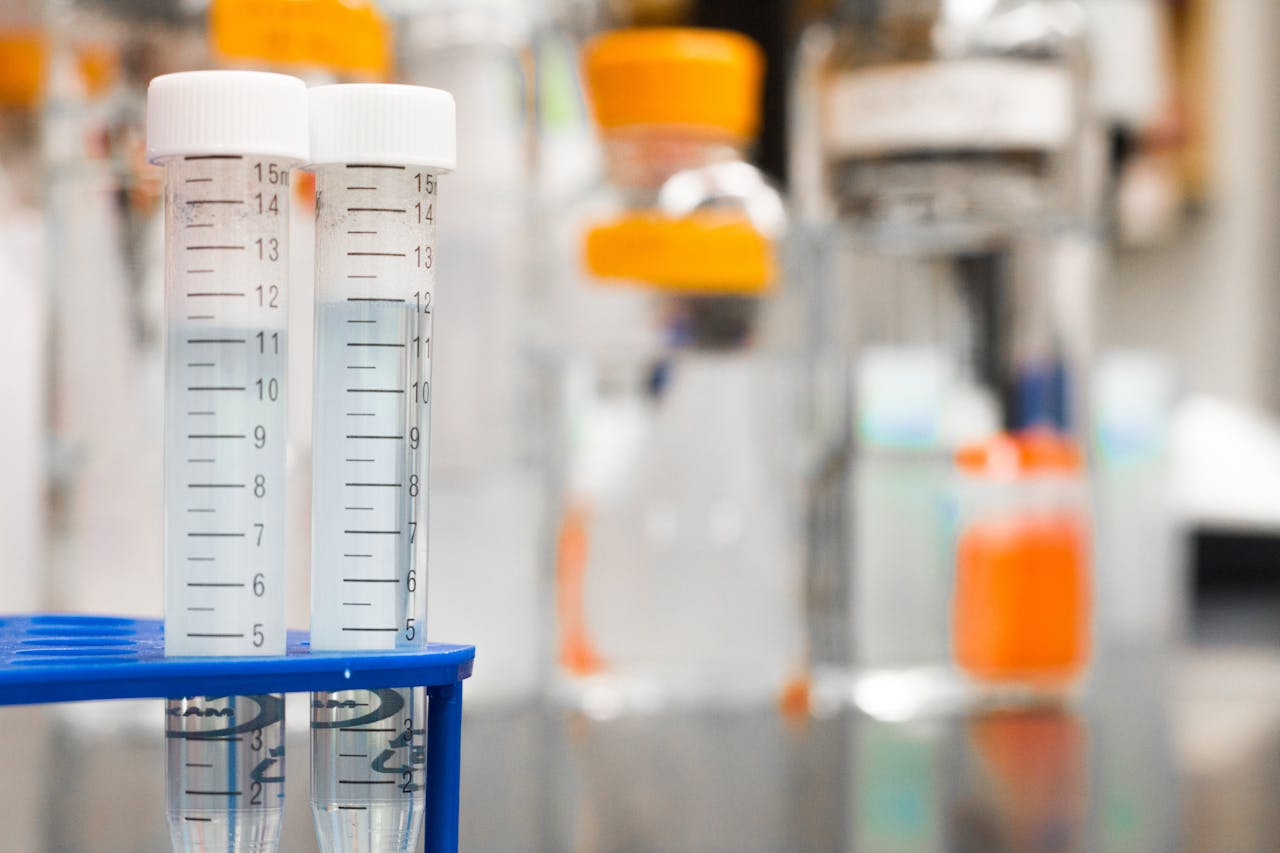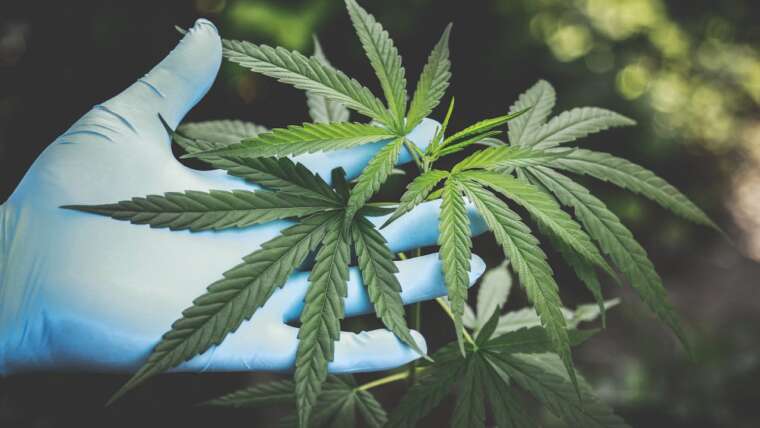
Drug testing has become a routine part of many workplaces and sports organizations, making understanding its various aspects essential. These tests are designed to detect the presence of illegal substances or prescription medications that can impair performance or violate policies. With the growing number of substances and methods of consumption, it’s vital to know how drug tests work, the accuracy of different testing methods, and what specific substances they detect.
Table of Contents
Types of Drug Tests
Different types of drug tests are employed to identify the use of substances, each with its unique methods and detection times. Urine tests are the most commonly used due to their ease of administration and cost-effectiveness. These tests can detect substances like marijuana, cocaine, and opiates, typically showing results within minutes. Saliva tests are another option, offering a quick, non-invasive way to check for drugs.
Hair follicle tests, while more expensive, provide a much longer detection window, which can range from weeks to months. This testing method is useful for identifying long-term misuse but is less effective at detecting very recent substance use. Blood tests are less common due to their invasive nature and are usually reserved for specific situations, such as on-site accidents or incidents.
Accuracy of Drug Tests
The accuracy of drug tests can vary significantly based on the type of test employed. Urine tests boast a high accuracy rate, often exceeding 90%. False positives can occur due to various factors, including medications and certain foods. Hair tests offer even more accuracy in long-term detection, but their specificity can be hampered by external contaminants or hair treatments..
One point of concern is that the accuracy may depend on the laboratory processes used to analyze test samples. Reliable testing companies, like Lyn Diagnostics Drug Testing, focus on stringent protocols and state-of-the-art technology to minimize errors. Blood tests, while accurate, have narrower usage since they provide a snapshot of substance presence at the time of testing and can be influenced by the individual’s metabolic rate and other biological factors.
What Drug Tests Detect
Drug tests are designed to detect a wide range of substances, depending on the panel used in testing. Standard panels typically screen for substances such as marijuana, cocaine, opiates, amphetamines, and phencyclidine (PCP). Some tests include synthetic drugs and prescription medications like benzodiazepines. The detection window varies for each substance, with marijuana potentially lingering in the system longer than others, especially for heavy users. The metabolites of drugs are what tests primarily look for.
Tetrahydrocannabinol (THC) is the active ingredient in marijuana, and its metabolites reveal usage even after the effects have faded. Other substances, like certain narcotics, are detected via their primary metabolites as well. Understanding what these tests detect can help individuals navigate workplace requirements and personal use policies effectively.
Factors Influencing Test Results
Various factors can influence the results of drug tests, including age, weight, metabolism, and even individual health conditions. These variables can affect how quickly substances are processed and eliminated from the body, impacting the accuracy of the tests. Someone with a slower metabolism may retain traces of drugs longer than someone with a faster metabolic rate.
Diet and hydration levels can play a role in drug detection. High fluid intake, while often thought to dilute urine tests, can sometimes lead to inconclusive results and may prompt further testing. Recent use of certain medications can trigger false positives. To combat this, testing facilities may provide a thorough screening process to verify results and ensure that they reflect true substance use rather than incidental exposures.
Implications of Test Results
The implications of drug test results can vary widely depending on the context. In a workplace setting, a positive test can lead to disciplinary actions, including termination, depending on company policies. For athletes, failed drug tests can result in suspensions or bans from competition. Understanding the specific policies surrounding drug testing is essential for balancing personal habits with professional expectations.
Appealing a positive drug test is possible, especially if individuals believe the results are inaccurate. They may request confirmatory tests, which can provide a more comprehensive evaluation of the initial findings. Knowing one’s rights and the processes involved can significantly help mitigate the personal and professional fallout from unexpected test results.
Future of Drug Testing
The future of drug testing looks promising with advancements in technology. New methods, such as breathalyzers for marijuana detection and more sensitive urine tests, continue to emerge. These innovations aim to improve accuracy while maintaining non-invasive procedures. Research into testing for a broader range of synthetic drugs will play a vital role in workplace safety and health.
Legislation is evolving to adapt to changes in drug use patterns, particularly with the increasing acceptance of cannabis. As laws around substance use continue to change, drug testing policies may require revision to reflect new legal and societal norms. Keeping abreast of these changes is crucial for employees and employers alike as they navigate the complexities of drug testing.

Understanding drug tests, their types, accuracy, and what they detect is invaluable in today’s society. Employers and employees alike benefit from a clear grasp of these processes and their implications. With ongoing advancements in testing technology and changing legal landscapes, being informed can lead to better decision-making and policy development.


